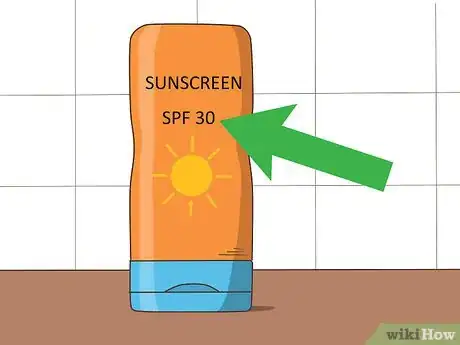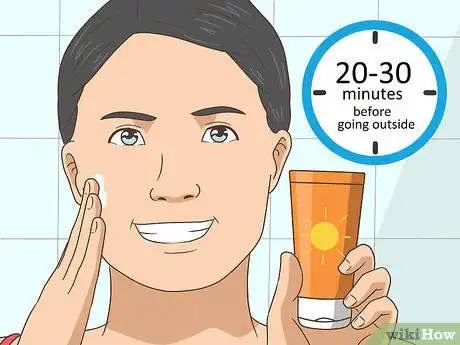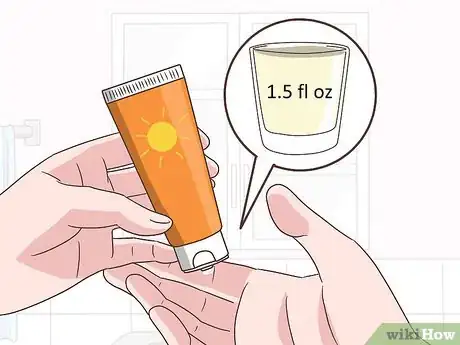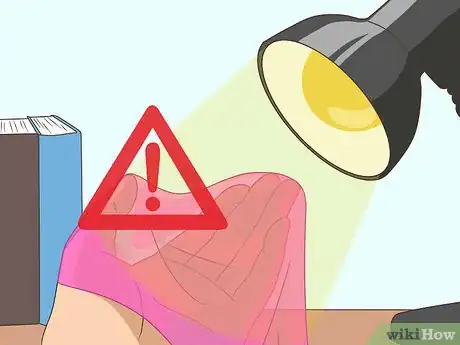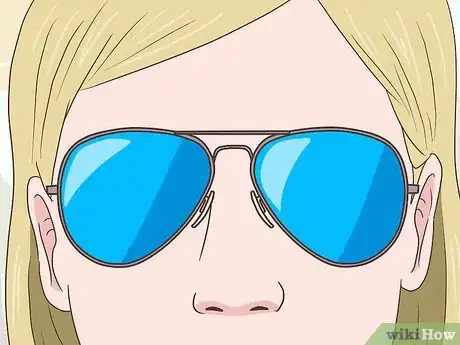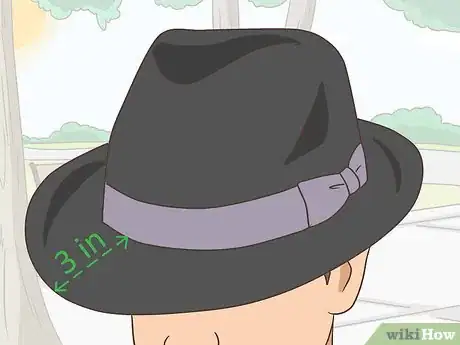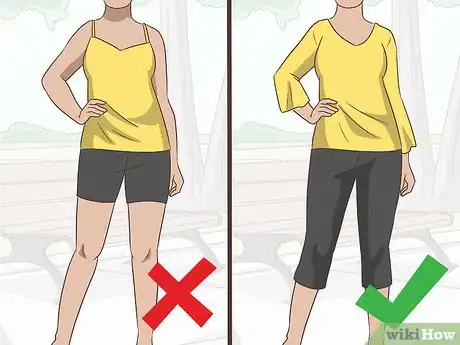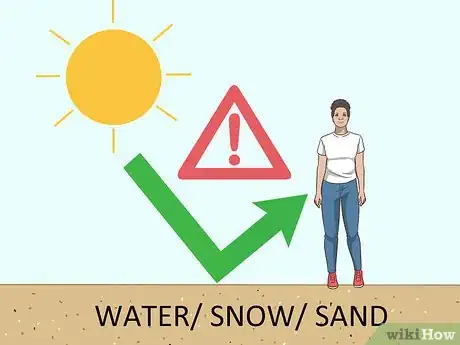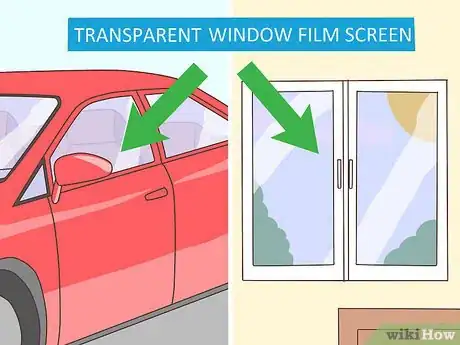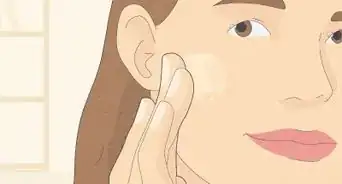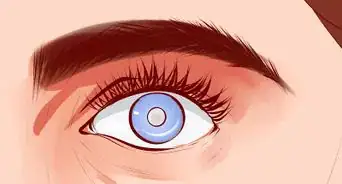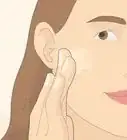This article was co-authored by Diana Yerkes. Diana Yerkes is a Skincare Professional and the Lead Esthetician at Rescue Spa in New York City, New York. With over 15 years of experience, Diana helps others with their skin care needs by incorporating natural and high-performing products and treatments into their routines while providing nutrition insights and educating clients on better skin care habits. Diana is a member of the Associated Skin Care Professionals (ASCP) and holds certifications from the Wellness for Cancer and Look Good Feel Better programs. She received her esthetics education from the Aveda Institute, the International Dermal Institute, and the Biologique Research Academy.
There are 9 references cited in this article, which can be found at the bottom of the page.
This article has been viewed 83,757 times.
It can be fun to get out and enjoy sunshine, and the vitamin D provided by the sun can help with your overall health. However, too much sun can be damaging. Overexposure to the sun can cause wrinkles, sunburn, and skin damage. Too much sun can also increase your risk for skin cancer.[1] A quality sunscreen can help protect you from the sun. In addition to this, your clothing choices can keep you from being too exposed. You should also work on avoiding the sun during daylight hours as much as you can.
Steps
Using Sunscreen
-
1Choose a sunscreen with a safe SPF. You should wear sunscreen each time you go out during the day, even when it's overcast. Make sure you select a sunscreen with a strong enough sun protection factor (SPF) to protect you from UV rays.[2]
- Go for a sunscreen of at least SPF 30. The SPF should be written somewhere on the sunscreen bottle.
- If you have cancer, or pre-cancer, get a sunscreen with SPF 45 or higher.
- Look for the words "broad spectrum" on the bottle. This assures you the sunscreen protects you from UVA rays in addition to UVB rays.[3]
EXPERT TIP"The best thing you can do to minimize sun damage is to wear SPF every single day."
Diana Yerkes is a Skincare Professional and the Lead Esthetician at Rescue Spa in New York City, New York. With over 15 years of experience, Diana helps others with their skin care needs by incorporating natural and high-performing products and treatments into their routines while providing nutrition insights and educating clients on better skin care habits. Diana is a member of the Associated Skin Care Professionals (ASCP) and holds certifications from the Wellness for Cancer and Look Good Feel Better programs. She received her esthetics education from the Aveda Institute, the International Dermal Institute, and the Biologique Research Academy.
Diana Yerkes
Skincare Professional Diana Yerkes
Diana Yerkes
Skincare Professional -
2Apply sunscreen 20 to 30 minutes before leaving your home. Do this each time you leave your house during the daytime when the sun is out. This is especially important if you'll be exposed to the sun for more than 30 minutes.[4]
- If you have trouble remembering to apply sunscreen, try leaving yourself a note on the door before going out.
Advertisement -
3Reapply sunscreen every 2 hours. Keep track of how long you've been outside. You should make the effort to reapply sunscreen every 2 hours so it stays effective. If you're inside all day, and go back out before the sun sets, you should also reapply sunscreen.[5]
- If you've been swimming, you may want to reapply sunscreen after getting out of the water even if two hours have not yet passed.
-
4Apply the correct amount. Many people do not realize how much sunscreen you actually need for adequate protection. You need at least 45 milliliters (1.5 fl oz) of sunscreen to cover all exposed skin on your body. This is about as much sunscreen as could fit in an average shot glass.[6]
- Smooth sunscreen over rather than rubbing it.
- Make sure to cover any skin that will be exposed, including the skin on your back. Have someone else help you apply sunscreen if there's any spot you can't reach.
Protecting Yourself with Clothing
-
1Test how well your clothing protects against the sun. When you're going out in the sun, especially for a long day, you should wear clothing that will block out harmful UV rays. A good way to test your clothing is to place your hand inside a garment before putting it on.[7]
- Shine a light on the clothing. If you can see your hand clearly through the garment, this outfit offers little protection.
- You should either choose a different outfit or apply sunscreen on the area the item covers.
-
2Wear sunglasses. Sunglasses should be worn year-round, and not just in the summer. Make sure to check the label of a pair of sunglasses before you buy it. Any sunglasses you wear should block 99 to 100% of UVA and UVB light.[8]
- If you have a purse your backpack you carry, try storing your sunglasses in there. This way, you may be more likely to remember to throw them on before leaving your home.
-
3Wear a hat with at least a 3-inch brim. This will cover areas like your scalp, where it is difficult to safely apply sunscreen. The tops of your ears, your back, and your neck will be protected by the right hat. As long as the brim is at least 3 inches (7.6 cm), you should be protected from the sun.[9]
-
4Wear clothing that covers more skin. You should go for long-sleeved shirts and longer pants to protect yourself from the sun. Some clothing actually comes with ultraviolet protection and is marked with an ultraviolet protection factor (UPF). A UPF of at least 50 only allows one-fiftieth of UVB rays to reach your skin.[10]
- During warmer months, longer clothing may be uncomfortable. During these months, be extra vigilant about applying sunscreen to any exposed areas of your body.
Avoiding the Sun
-
1Seek shade between 10 AM and 4 PM. During these hours, the sun is at its peak. You're most likely to get skin damage during this time of day.[11]
- If you're going to be out in the sun, seek shade from trees, patios, and other objects whenever possible.
- You may want to limit your exposure to the sun during these hours, especially if you have sensitive skin.
-
2Take extra precautions near water, snow, and sand. Sun is sometimes reflected off of water, snow, and sand. This means that, even in the winter, sunscreen and sun protection is important. Your chance of sunburn increases near snow, water, and sand.[12]
- Make sure to take extra precautions around these terrains. Always wear sunscreen, sunglasses, and wear clothing that covers your body.
-
3Protect yourself from the sun indoors and in cars. The sun can actually cause damage, even if you're inside. Transparent window film screens can be installed to block out the sun's rays. You should also wear sunscreen, even when riding in your car or sitting by a window in your house.[13]
- Remember, film screens only provide protection when windows are closed.
- If you have a sunroof, avoid using it. You should also avoid driving with the roof down if you have a convertible.
- Sun can also penetrate the windows in your home, leaving you exposed to UVA rays.[14] It's a good idea to draw your blinds during peak hours or stay away from the windows. You can also wear sunscreen in your home.
References
- ↑ http://my.clevelandclinic.org/health/healthy_living/hic_An_Overview_ofYour_Skin/hic_protecting_yourself_from_sun_damage
- ↑ http://my.clevelandclinic.org/health/healthy_living/hic_An_Overview_ofYour_Skin/hic_protecting_yourself_from_sun_damage
- ↑ http://time.com/3924609/sunscreen-spf-uva-uvb/
- ↑ http://my.clevelandclinic.org/health/healthy_living/hic_An_Overview_ofYour_Skin/hic_protecting_yourself_from_sun_damage
- ↑ http://my.clevelandclinic.org/health/healthy_living/hic_An_Overview_ofYour_Skin/hic_protecting_yourself_from_sun_damage
- ↑ http://my.clevelandclinic.org/health/healthy_living/hic_An_Overview_ofYour_Skin/hic_protecting_yourself_from_sun_damage
- ↑ https://www.osha.gov/Publications/osha3166.pdf
- ↑ http://www.skincancer.org/prevention/sun-protection/for-your-eyes
- ↑ http://www.skincancer.org/prevention/sun-protection/clothing
- ↑ http://www.skincancer.org/prevention/sun-protection/clothing#panel1-4
- ↑ http://www.healthywomen.org/content/blog-entry/top-10-ways-protect-yourself-sun
- ↑ http://www.girlshealth.gov/environmental/sun/protect.html
- ↑ http://www.skincancer.org/prevention/sun-protection/shade/sun-safety-cars
- ↑ http://time.com/3924609/sunscreen-spf-uva-uvb/
About This Article
While you’re out enjoying the sun, it’s important to protect yourself with the right clothing and sunscreen. Use sunscreen of at least 30 SPF to avoid getting sunburn. Apply it 20 minutes before you leave and then every 2 hours that you’re out in the sun. Wear a wide-brimmed hat to protect your head, ears, and neck, and stick to loose, long-sleeved clothing to cover your skin. Don’t forget to take your sunglasses to help block harmful rays from your eyes. When it’s really sunny outside, stay in the shade or indoors during 10am and 4pm when you’re most likely to get sunburnt or sunstroke. For more tips from our Beauty co-author, including how to protect yourself from the sun while you’re indoors, read on!
